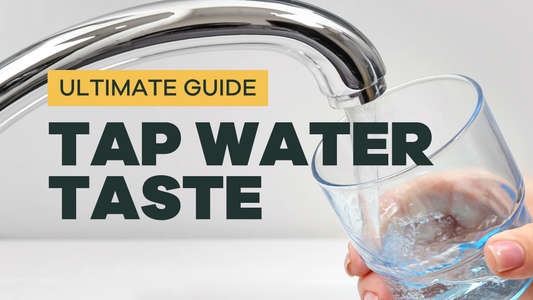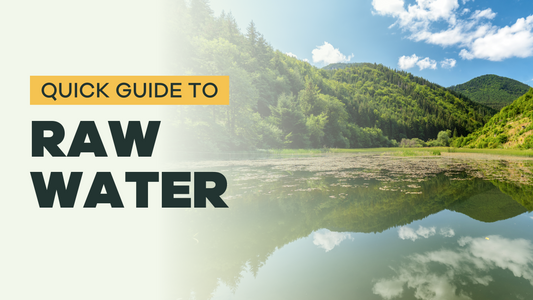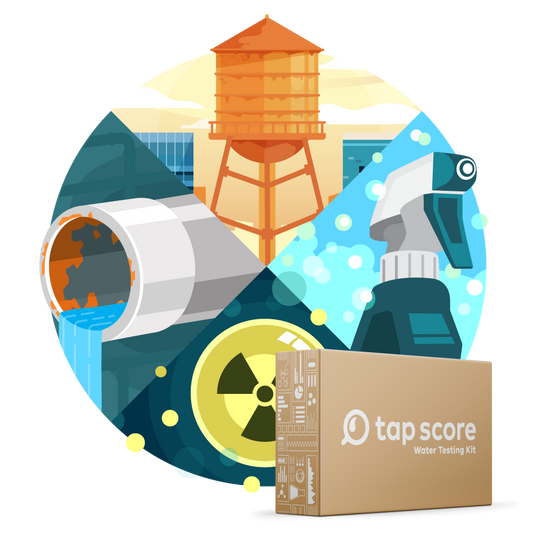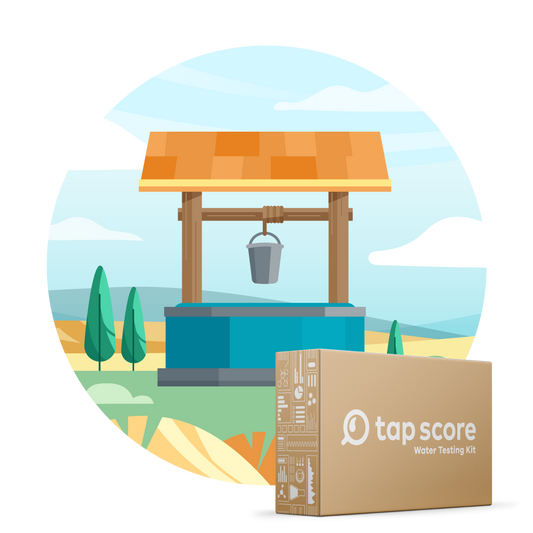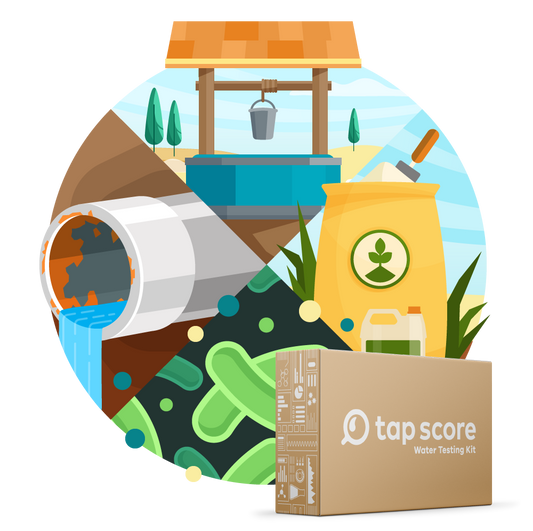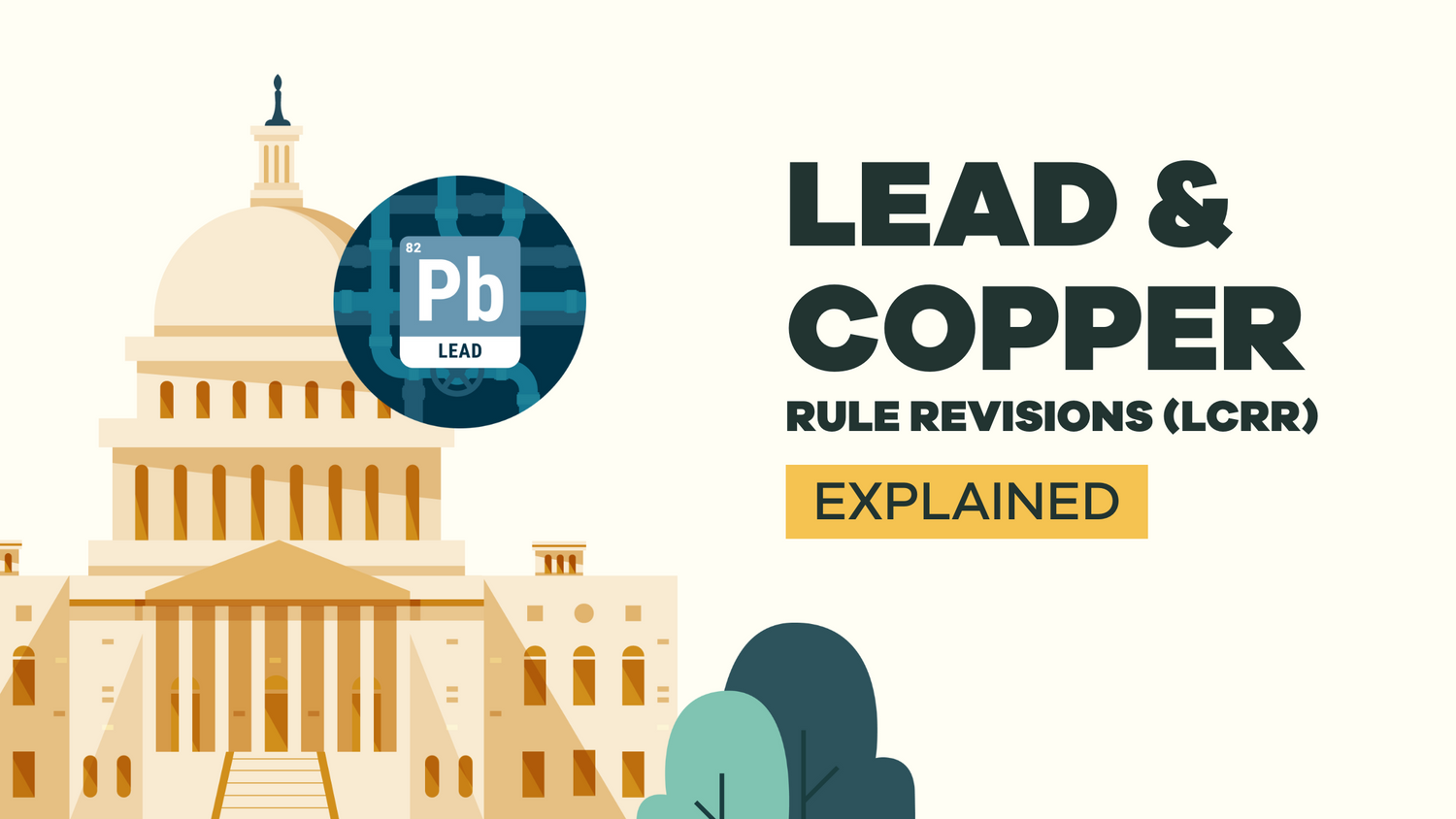
What Are the Lead and Copper Rule Revisions (LCRR)?
Our blog is written by real experts— not AI. Each guide is carefully reviewed and updated based on the latest research. Plus, with no affiliate links, you can count on unbiased insights you can trust.
The Lead and Copper Rule Revisions (LCRR) introduced a proactive approach to protecting children and communities from the toxic effects of lead exposure.
In this regulatory piece, we’ll start with an overview of what was changed in this 2021 revision and how it matters to you. We will also address the new updates coming to the Lead and Copper Rule in 2024—the Lead and Copper Rule Improvements (LCRI). Expect ongoing coverage of the revisions as things develop.
Table of Contents:
What Are the Lead and Copper Rule Revisions (LCRR)?
The Lead and Copper Rule Revisions (LCRR) were the largest overhaul since the introduction of the Lead and Copper Rule (LCR) of 1991. The LCRR focused on getting the lead out of America’s drinking water through updates related to schools and childcare centers. The EPA talked with states, tribes, water utilities, and traditionally underserved communities to substantially improve the outlook of water quality in America.

They fundamentally changed how utilities and water systems test for and remediate lead in drinking water, as well as how they communicate with residents. Improvements included:
-
Compiling a complete service line inventory (i.e. cataloging the material of the pipes in your water system—lead, galvanized, or unknown), identifying the most impacted areas, and providing a publicly available inventory of lead service lines (LSLI).
-
Requiring complete lead service line replacements in certain situations, supported by major federal funding.
-
Increasing frequency of monitoring and water quality sampling in certain systems.
-
Establishing a Lead Trigger Level of 10 PPB to to make utilities jumpstart mitigation efforts before hitting the Action Level of 15 PPB.
-
Introducing a rigorous testing schedule in all schools and child care facilities.
-
Consolidating and digitizing data to prioritize customer education and notification.
What Does LCRR Mean For Me?
The Lead Copper Rule Revisions (and the upcoming Lead and Copper Rule Improvements) translate to a lot of work for schools, utilities, and treatment plants in order to meet the new standards. The set of requirements put forth by the LCRR were due October 16, 2024 in order to be in compliance.
So what does this mean for your household?
-
You should expect to hear about the state of your lead service line through a mailed letter from your utility company. It will inform you whether the service line that links the public water main to your home is made of lead, galvanized, or unknown materials. All of these are in line for replacement. You will probably not hear from your utility if your service line does not require replacement.
-
If your area will be undergoing service line replacement, you may receive a lab testing kit in the mail to test your tap water. It is important to follow through. Robust tap sampling methods are essential to determining whether the source of potential lead contamination is a service line or leaded plumbing materials within a residence. For a general introduction to proper sampling methods, read this post.
-
It’s worth mentioning that any work on water mains, supply lines, and the municipal pipe network can alter your water quality. Mostly, these changes are aesthetic and temporary. Nevertheless, testing your drinking water after any large-scale utility work—as in the case of a service line replacement—is highly recommended.
-
If you work for a school or child care facility, you’ll want to read this post for more information.
Digital Communications
Utilities are being urged to digitize their services. New digital solutions will help predict the locations of lead service lines more cost-effectively by using a combination of existing inventories, geographic information systems, and predictive modeling.
Introducing a wider range of communication options for customers—like text, email, and in-app notifications—allows residents to be informed of water quality issues quicker than ever before.
-
You may be hearing from your utility about your communication preferences. Updated customer data will ensure pre- and post-replacement sample kits, filter pitchers, etc. will be sent to the correct address and that residents will be able to track which lines have been replaced or need replacing.
-
LCRR include a three day notification requirement if an exceedance of the action level (15 PPB) is found. This timeline (brought down from 30 days) means utilities need to understand your needs and preferences to be able to act accordingly. With LCRI, the limit is set to decrease even further, with utilities required to notify customers within 24 hours if lead concentrations >15 PPB are detected.
What’s Next for LCRR?
The EPA will be taking the next big step for the Lead and Copper Rule in October 2024 with the adoption of the Lead and Copper Rule Improvements (LCRI). These additional guidelines will regulate lead exposure even more strictly than the LCRR, with some prominent changes including the reduction of the lead action level from 15 PPB to 10 PPB and a requirement to replace the majority of all lead service lines in the country within the next 10 years.
Guidance. In the meantime, the EPA will continue to finalize new guidance for the LCRI to assist local water systems, state primary agencies, and other partners. It will also continue to update the Safe Drinking Water Information System to support state and Tribal data management needs for inventories.
Education. Surveys show Americans have less trust in their water quality than ever before. The LCRR included opportunities for water systems to educate their residents about lead, why it’s dangerous, how it gets into drinking water, and what steps are being taken to remediate the situation, and the LCRI aims to make this information more easily accessible than ever Proactively educating residents and maintaining a communication plan means you can expect to hear from your water utility more than ever before.

As the overhaul progresses, new information will come to light—as well as new needs and methods. We will update you every step of the way. Remember, knowing what’s in your water is only half the way to understanding the needs of your water system. Tap Score is here to provide unparalleled assistance with information in addition to our test kits.
Our coverage of the LCRR includes:
- LCRI: What Are the Lead and Copper Rule Improvements?
- Lead Testing in Child Care Centers—What You Need to Know



